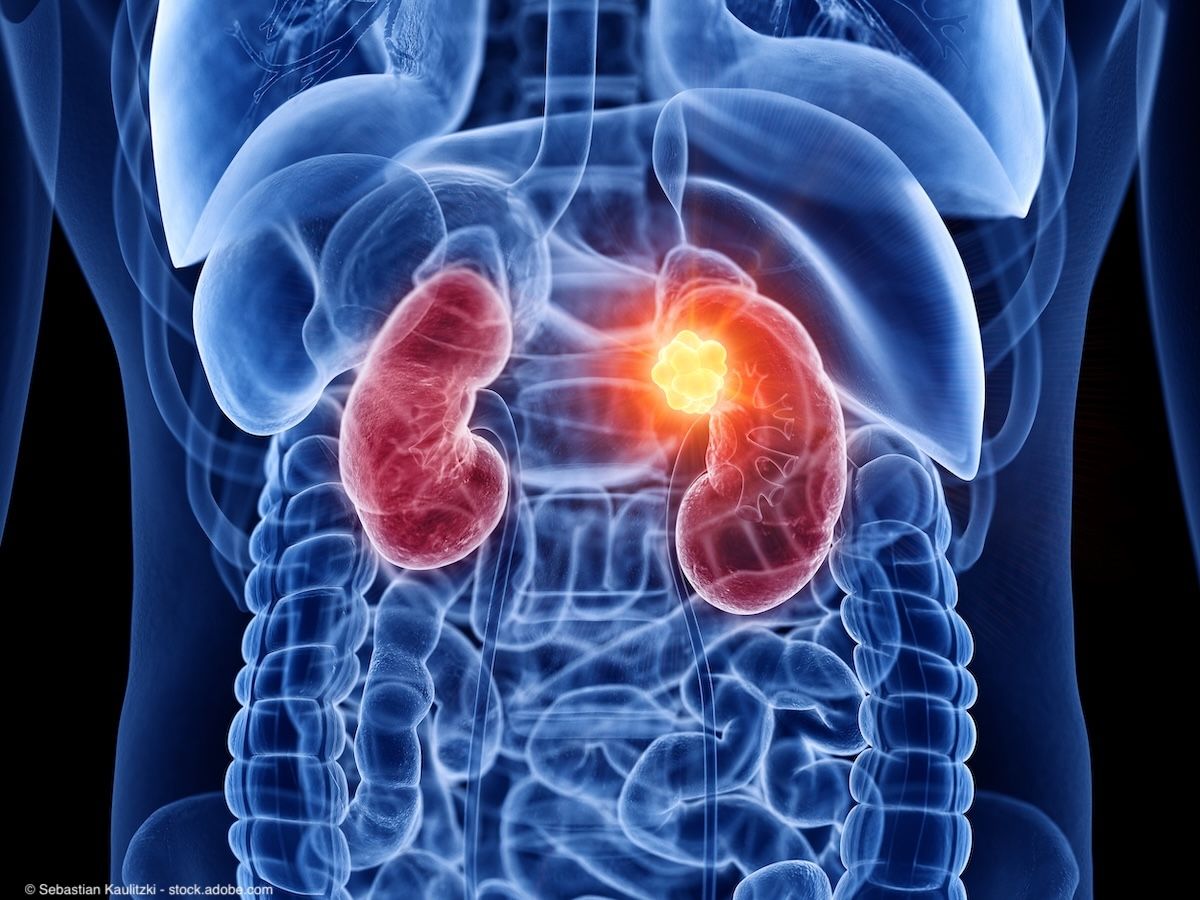News
Video
Dr. Jani on the diagnostic yield of flotufolastat F 18 in men with low PSA levels
Author(s):
"Overall, we found that there was a high detection rate in patients with PSA less than 1 ng/mL," says Ashesh B. Jani, MD, MSEE, FASTRO.
In this video, Ashesh B. Jani, MD, MSEE, FASTRO, discusses the background and findings from a post-hoc analysis of the SPOTLIGHT trial (NCT04186845) of flotufolastat F 18 (formerly 18F-rhPSMA-7.3) in patients with prostate cancer. The results were presented during an oral presentation at the 2023 American Society for Radiation Oncology (ASTRO) meeting in San Diego, California. Jani is a professor of radiation oncology and the James C. Kennedy Professor in Prostate Cancer at the Winship Cancer Institute of Emory University in Atlanta, Georgia.
Video Transcript:
Could you describe the background of this study?
The SPOTLIGHT study is 1 of the 3 pivotal studies in the PSMA arena. It was studying the diagnostic accuracy of 18F-rhPSMA-7.3 in evaluating the patient level uptake rate. This particular abstract that we just reported at this meeting was a subset analysis of the larger SPOTLIGHT study. So just bigger picture, the SPOTLIGHT study was open to gentleman that had prior treatment for prostate cancer and were eligible for salvage treatment. The larger study was about 400 patients. And from that, because we're seeing prostate cancer recurrences with lower and lower PSAs, there's been a change in the philosophy in terms of when to enact therapy. So, it's becoming more and more important for us to be able to identify where the source of the PSA is in lower PSA patients. The crux of this particular abstract was to see what the diagnostic yield was in patients that had PSA less than 1 ng/mL. That's a situation we're increasingly facing particularly in the post prostatectomy setting where we are enacting salvage treatment sooner than what we were able to do. It's really important for us to be able to identify where the source of the PSA is; it guides treatment decisions, and it guides radiation planning.
What were the notable findings presented at ASTRO?
Overall, we found that there was a high detection rate in patients with PSA less than 1 ng/mL. There was an overall 68% patient level detection rate, which is excellent. It's over two-thirds. And even when you looked at it more granular level, we looked at PSA less than .5 ng/mL, it was 64%. That is very good diagnostic yield that will help us identify where the source of the PSA is when we're identifying where to give higher doses of radiation [and] whether to give radiation. The diagnostic yield was felt to be quite significant.
This transcription has been edited for clarity.
Newsletter
Stay current with the latest urology news and practice-changing insights — sign up now for the essential updates every urologist needs.
















